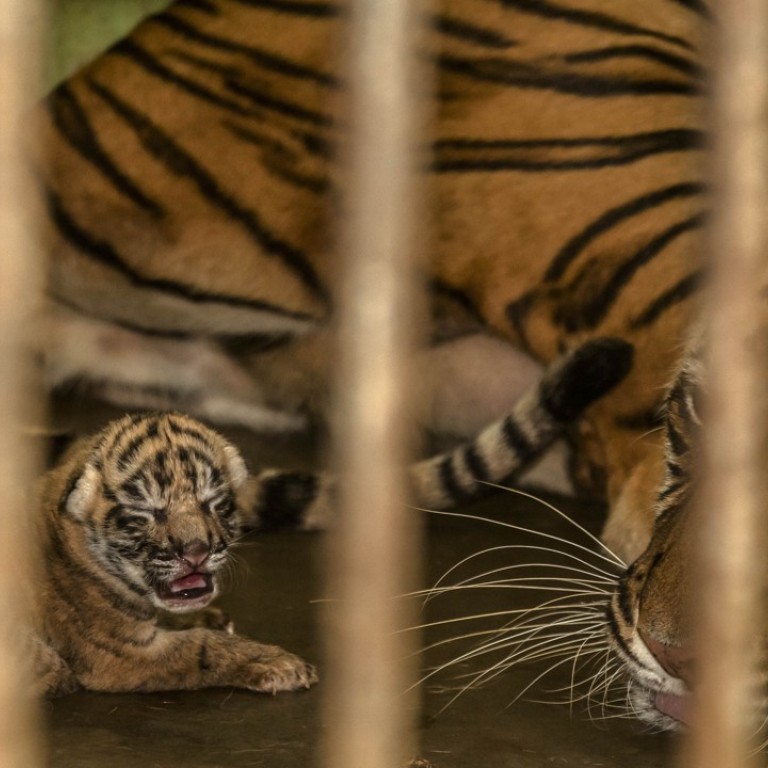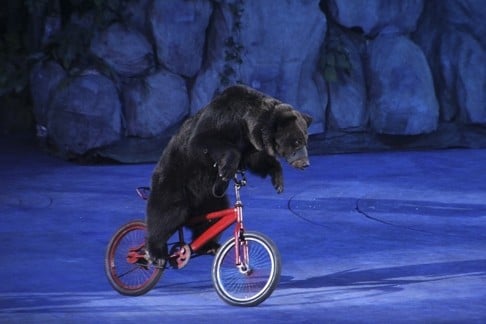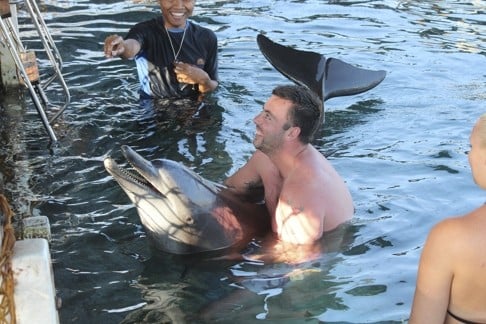
Are you contributing to animal abuse? Attractions to avoid on your next holiday
Shocking behaviour from tourists highlights cruelty to animals in the region, but the abuse isn’t always obvious. From selfies to swimming with dolphins, these are the activities that animal welfare experts urge us to steer clear of
“The only truly humane animal attraction is to observe animals within the wild without interfering in their natural behaviours,” says David Neale, of Animals Asia Foundation. “Every other use of animals is going to compromise their welfare in some manner.”
Animal-related activities are common across Asia, from elephant rides in Thailand and performing bears on the streets of China, to monkeys at Cambodian markets and swimming with dolphins at private resorts. However, experts warn these animals are often abused, starved and kept in inhumane conditions, all for the sake of a show.

“People also need to take ownership,” says Dr Fiona Woodhouse, deputy director (welfare) at the Society for the Prevention of Cruelty to Animals HK.
As tourism continues to rise, experts are urging visitors to steer clear of these attractions.
“By voting with your feet and not attending circuses or riding elephants you are showing this industry that it is no longer acceptable to use and abuse animals in the name of entertainment,” says Neale.
Here are some of the top activities to avoid.

A global study of animal welfare in circuses, published in journal Animal Welfare, reveals circus animals spend the majority of their day in confinement. Just 1 to 9 per cent of their time is spent performing and training, with the rest of the time locked up in constrictive exercise pens. “The welfare of captive wild animals used in circuses is severely compromised by their training, performances, poor living conditions, and, in a number of cases, their capture from the wild,” says Neale.

However, many visitors remain oblivious to the cruel conditions and violent treatment, says Yulia Khouri, ambassador of Wildlife Alliance. “Over 80 per cent of tourists are unaware of the harm these animals go through for that one moment of human pleasure,” she adds.

Even wildlife-conscious holidaymakers can be caught out by the chance to snap themselves with a baby elephant ambling down the street or a scary-looking snake. And in the age of the selfie, this is a trend that is on the rise.
Research carried out by Animals Asia shows that animals exploited for photo opportunities are often drugged and are defanged or clawed. Many potentially dangerous animals also have their mouths wired shut or are chained. Isolation is common, and housing is “at worst barbaric and cruel,” according to Heaves.
“Captive wild animals don’t choose to be in the company of people, we actively coerce them into these situations,” he adds. “Give them the freedom they would naturally choose and don’t encourage this activity, which is likely to cause them some degree of stress and suffering.”
Stumbling blocks can often occur when children throw a tantrum because a caring parent is refusing to allow a photo with a cute and cuddle baby animal, says Dr Woodhouse . “I ask my children, would you like to be that bear in a cage? Where do you think it sleeps? Where is its mother?”

Swimming with dolphins
It’s a common sight: a smiling tourist swimming in crystal clear waters amid swirling dolphins. Many luxury hotels across Asia offer this experience, transporting dolphins to pools at private resorts for guests to swim with. “A lot of people don’t realise the majority of the dolphins have been captured and taken out of their natural environment for these performances,” says Dr Woodhouse.
Research by Animals Asia reveals mortality rates for bottlenose dolphins increasing sixfold during and immediately after being caught. Other concerns include stress caused by confined spaces – dolphins travel as far as 150km a day, hitting speeds of 50km/h and dive several hundred metres in the wild.
“Turn your back on these activities and spend the day in the company of wild dolphins by choosing a dolphin watching tour instead,” advises Neale. “In doing so, help keep dolphins in the oceans where they truly belong.”

Elephant tourist camps and rides should be ruled out. The appalling treatment elephants get at camps had deadly consequences when Gareth Crowe was killed by a psychologically distressed bull at Island Safari Wildlife Park in Koh Samui. “As well as the abuse and violent training taking place, this also highlights the dangers of getting up close to wild animals,” says Dr Woodhouse.
READ MORE: Koh Samui elephant park opens two weeks after British tourist trampled to death
Major concerns about these encampments include the animals being brutally captured, often resulting in the death of family members, further pushing the Asian elephant population closer to extinction. They are then subjected to a spirit-breaking regime to force them to obey their mahouts.
“Elephant riding anywhere should be an absolute, 100 per cent no-no,” says Khouri, who works with WA to rescue, rehabilitate and return endangered wildlife back to its habitat. “Baby elephants are often taken at a young age and beaten into submission to pose with unsuspecting tourists for pictures,” she adds. “Many young elephants die and sustain significant permanent painful injuries of the spine and feet. Their emotional trauma is lifelong, and as it often said: elephants never forget.”

● Often day trips include a surprise visit to an animal attraction. Dr Woodhouse urges guests who are uncomfortable with anything they see to report it to the hotel or tour operator on their return, as well as write a review on TripAdvisor warning others.
● Find alternative activities. Swap animal circuses for the acrobatic kind, zoos for in-jungle safaris from a reputable company and elephant rides for elephant sanctuaries, such as the Elephant Valley Project in Cambodia’s jungles, which rescues elephants and allows them to live in their natural habitat before being returned to the wild.
● Don’t buy souvenirs or jewellery made from animal parts. Just because a practise is touted as a cultural tradition does not make it acceptable.

